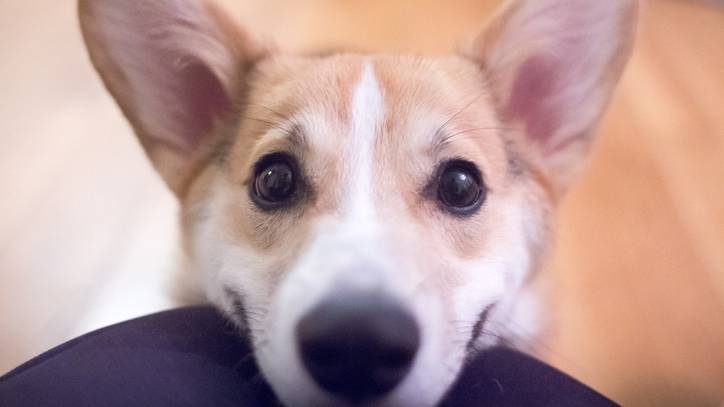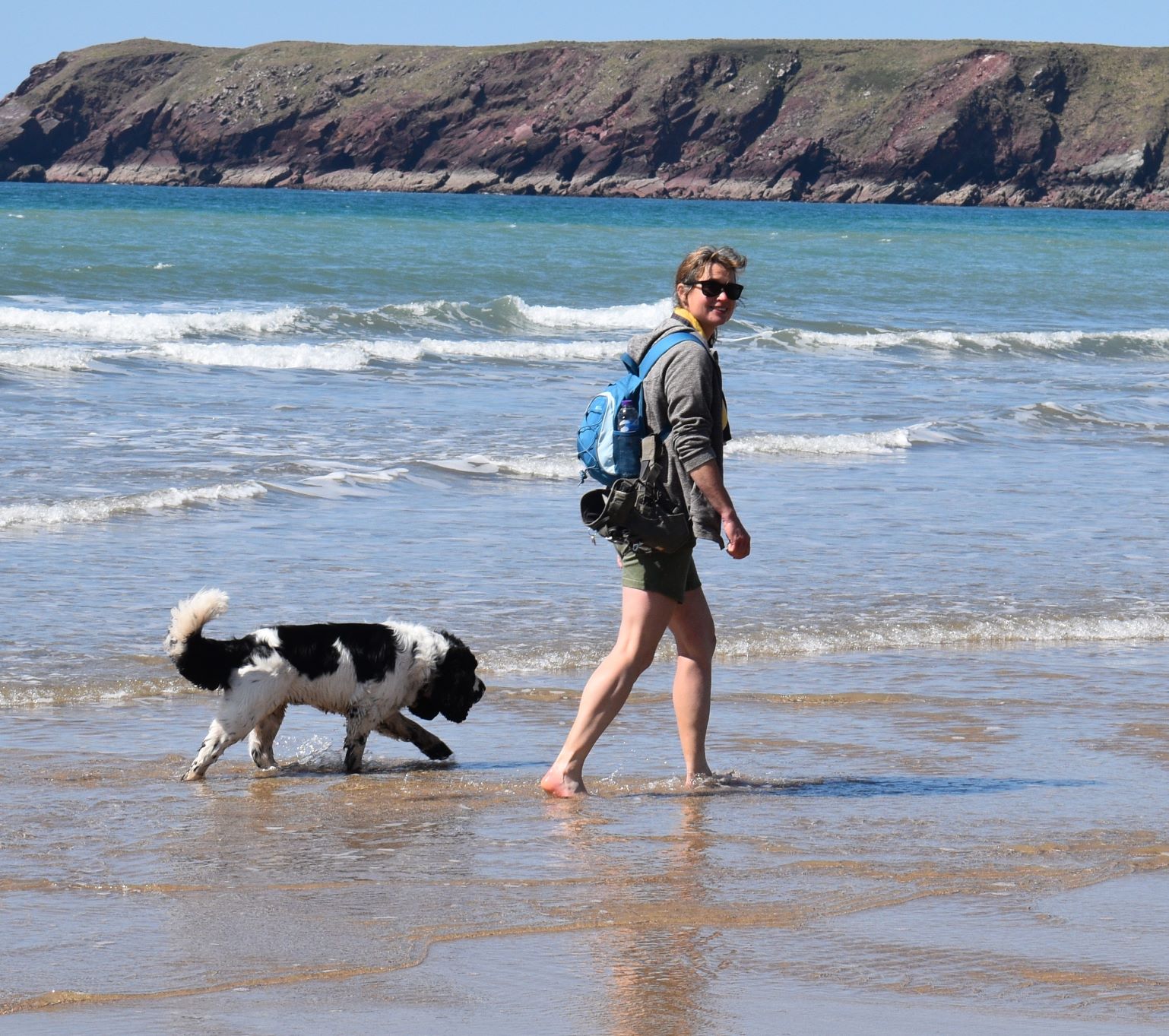'Puppy dog eyes' evolved by dogs to communicate says new study
A new study has revealed that dogs use 'puppy dog eyes' as a form of clever communication

Many of us can’t resist our pets when they sit and give us the ole ‘puppy dog eyes’. Whether they’re wanting a treat or a bit of extra attention, dogs have become expert at manipulating us with their cute expressions. A new study, though, has revealed that it might be our own fault that we’ve allowed things to get to this level!
The study, presented Tuesday 5 April 2022 in Philadelphia at the American Association for Anatomy annual meeting, examined the differences between dogs and wolves.
Although the two species are closely related genetically, there’s a crucial difference in their facial expressions. It’s that difference that helps us to find dogs adorable and wolves scary, and it involves the canine facial muscles.
According to Professor Anne Burrows of the Rangos School of Health Sciences in Pittsburgh, who helped author the study, dogs are unique among domesticated animals. They stare at us to help communicate, and it’s this trait that may have led humans to breed dogs selectively.

As humans, we have mimetic or ‘fast-twitch’ facial muscles which contract and tire easily. That’s how we can make a wide range of facial expressions to show our emotions, but we can’t hold them for long.
Slow-twitch muscles aren’t as responsive but tire less easily. Compared to wolves, dogs have up to four times as many fast-twitch facial muscles and can use them to make ‘expressions’ that as humans we recognize and respond to.
Wolves, by contrast, have slow-twitch muscles around their eyes and muzzle, which help them to hold certain positions such as howling for a long time.
PetsRadar Newsletter
Get the best advice, tips and top tech for your beloved Pets
Burrows has speculated that over time we’ve picked out and bred dogs with the most expressive faces as we feel more of a bond with them. Dogs have also evolved another neat little trick and if you own a Spaniel you’ll know exactly what we mean!
Dogs have a muscle which wolves lack, the levator anguli oculi medialis. That’s a long name for a small muscle, which gives dogs the ability to raise their eyebrows making the eye look larger.
We tend to automatically associate large, staring eyes with children, so when our dogs look at us in this way it automatically triggers the urge to nurture.
In our pets’ case, that could be anything from a cookie to a pat on the head. Apparently, looking into our dogs’ eyes also raises our oxytocin levels, the same reaction that happens when mothers look at their children.
So next time your pet pooch gives you ‘puppy dog eyes’, try and resist his adorable charms – he knows exactly what he has to do to manipulate that cookie out of you!
Sara is a freelance journalist and copywriter of many years’ experience with a lifelong love of animals. She’s written for a range of magazines and websites on subjects varying from pet care to travel. A horse rider since the age of five, she’s currently a full time pet slave to horse Blue and gorgeous, goofy English Springer Spaniel Olly. Adorable Olly has a huge sense of adventure and no sense of direction, keeping Sara on her toes.

